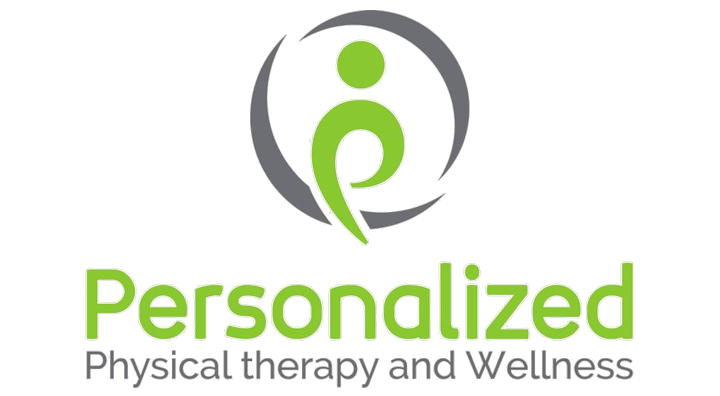Walking is one of the most important milestones in a human’s life. Surprisingly enough, most people start walking at approximately 1 year of age making it a pillar to many other body movement advancements. Walking serves as one of the best forms of exercise for life. I like to define Walking as “The art of maintaining perfect balance of the human body while we gracefully fall on one leg and the other.” One of the most accessible and easy activities that we can adopt during these COVID19 times, is walking. With that said, April 1st was the National Walking Day and it’s even more fun when you have a partner and the weather is great!
How can walking actually benefit not just your physical and mental health but may also predict your life expectancy?
Now, I am sure, you are wondering, can walking actually predict my life expectancy? It absolutely can! And I will share with you how in just a moment. Let’s start with some basics. How you can determine some practical strategies to apply walking into daily practice?

When we understand the benefits of walking we can begin to establish the how and why we walk for health daily.
- Keeps leg swelling in check (especially for conditions like Degenerative Meniscal tears, Joint Arthritis, and even Knee Replacement). The calf muscles in the legs, also called the “Peripheral Hearts” pumps the accumulated fluid back using the vein valves and returns into the circulation for it to be cleared out by the kidneys. The type as well as the intensity of walking is one of the best recommendations during the recovery process of the many leg conditions.
2. Walking helps you from having to take too many medications. How is exercise medicine? I say, if exercise is medicine, then walking is the king of exercise medicine. Walking has significant proven benefits like decreasing hypertension(2), improving mental health(3), diabetes, preventing cancer, decreased cardiac disease risk to name a few.
3. Back pain and joint pain. Walking activity allows the tightness that is being built around the back to release and keep the muscles warm. It avoids the muscles from spasming and ending up creating more pain. Leg joint pain is commonly experienced with decrease in activity levels. Walking increases the lubrication of joints, stimulates all the healthy juices to flow and allows for ease in stiffness. One of the easiest principles to follow when you are choosing to use walking as your routine is the FITT Principle.
Before I go any deeper, I will highly encourage you to speak to your Doctor of Physical Therapy or your Physician to make sure if it is appropriate for you to apply any of the principles. Another important thing would be to find a way to track your progress. Now with the digital age, it’s very easy to do so through either health apps on phones, smart watches, or even just keeping notes.

The FITT Principle.
F stands for Frequency
CDC recommends activity 5 days a week. Making drastic changes to your schedule can be daunting, and for the sake of long-term benefit, start with whatever is going to work for you. As they say, “Imperfect action is better than Perfect Inaction”.
I for Intensity
10,000 steps per day is a well-known recommendation, however not getting obsessed with that number is also important. Start with small, achievable goals which will motivate you to go out the next day. Building your steps will help you maintain consistency over long period of time.
T for Time
CDC recommends approx. 30 mins of activity, although, you will notice that your speed determines your steps. If you are just starting out, try starting with just 10 mins a day. Then slowly increase in 10 mins 2 times a day and then increase the time of each bout of walk over time.
T for Type
Varying your walks will help a) Avoid losing interest and b) Keep all muscles active. Some examples of variability would be
- Terrain Walking which helps with Balance, Strength, and Reflexes
- Tandem walking is great for the ankle strength and body balance
- Side Walking keeps your Gluts strong and active and
- Backward walking, if done with supervision, precaution and safety, helps you keep upright trunk, keeps your hips free from getting tight and prepares you for situations from falling on the floor.
So, now we know the benefits of walking and how you can implement it into your daily routine. Just remember, consistency is king! Start small, stay steady and you will reap rewards!
1.Studenski S, Perera S, Patel K, et al. Gait Speed and Survival in Older Adults. JAMA. 2011;305(1):50–58. doi:10.1001/jama.2010.1923
2. Mandini S1, Conconi F2et al. Guided walking reduces blood pressure in hypertensive sedentary subjects including those with resistant hypertension. J Hum Hypertens. 2020 Mar 9. doi: 10.1038/s41371-020-0324-6. [Epub ahead of print]
3.Centers for Disease Control and Prevention. (2012). More people walk to better health. Retrieved from https://www.cdc.gov/vitalsigns/walking/index.html.
